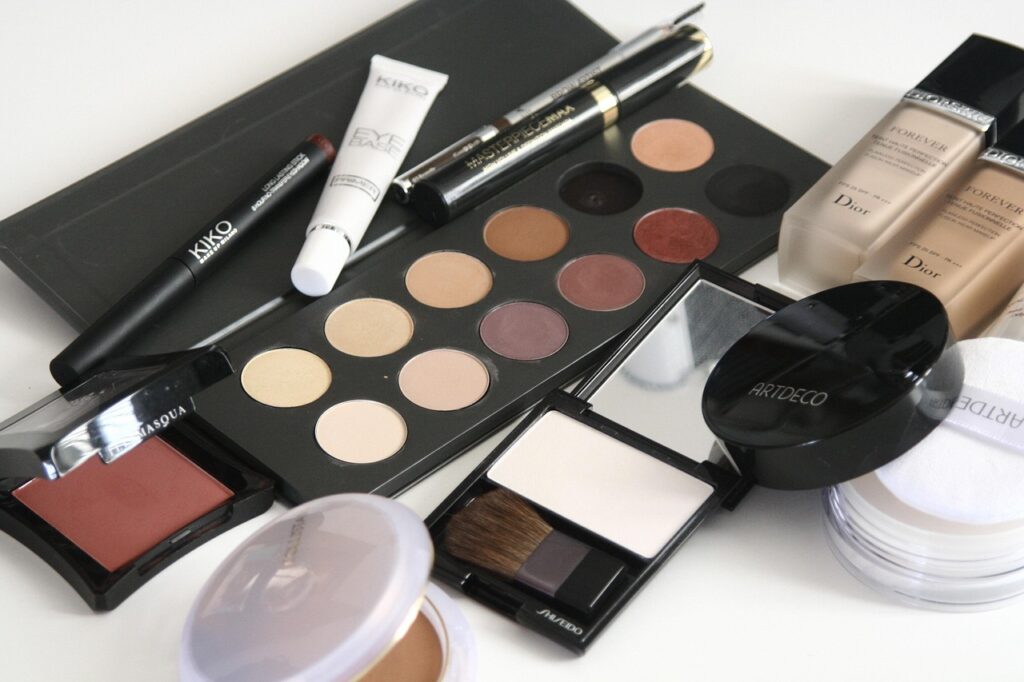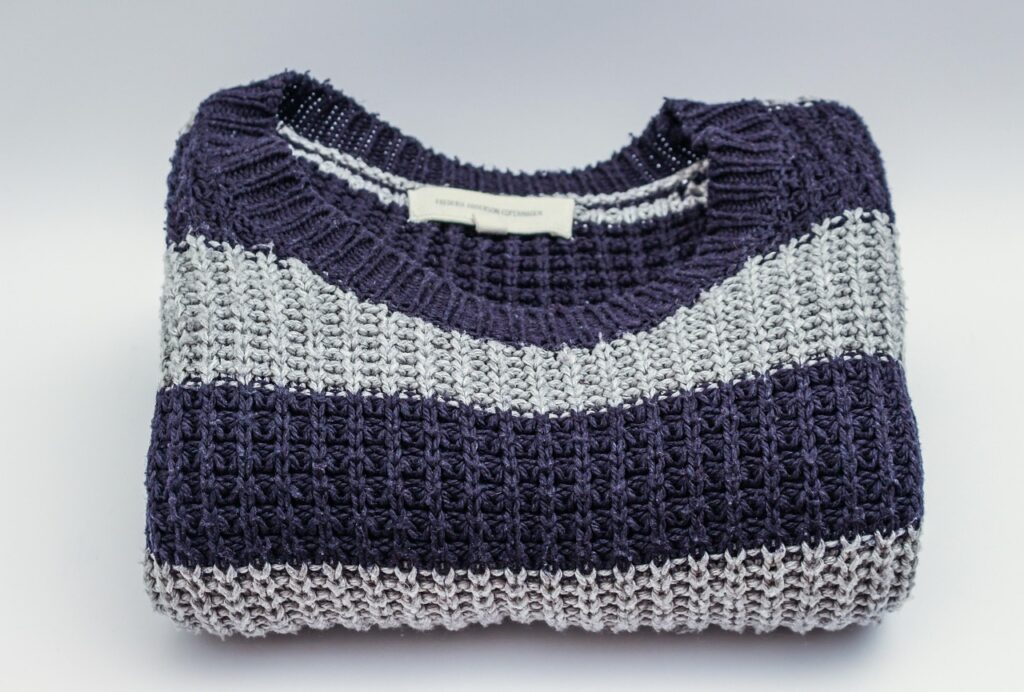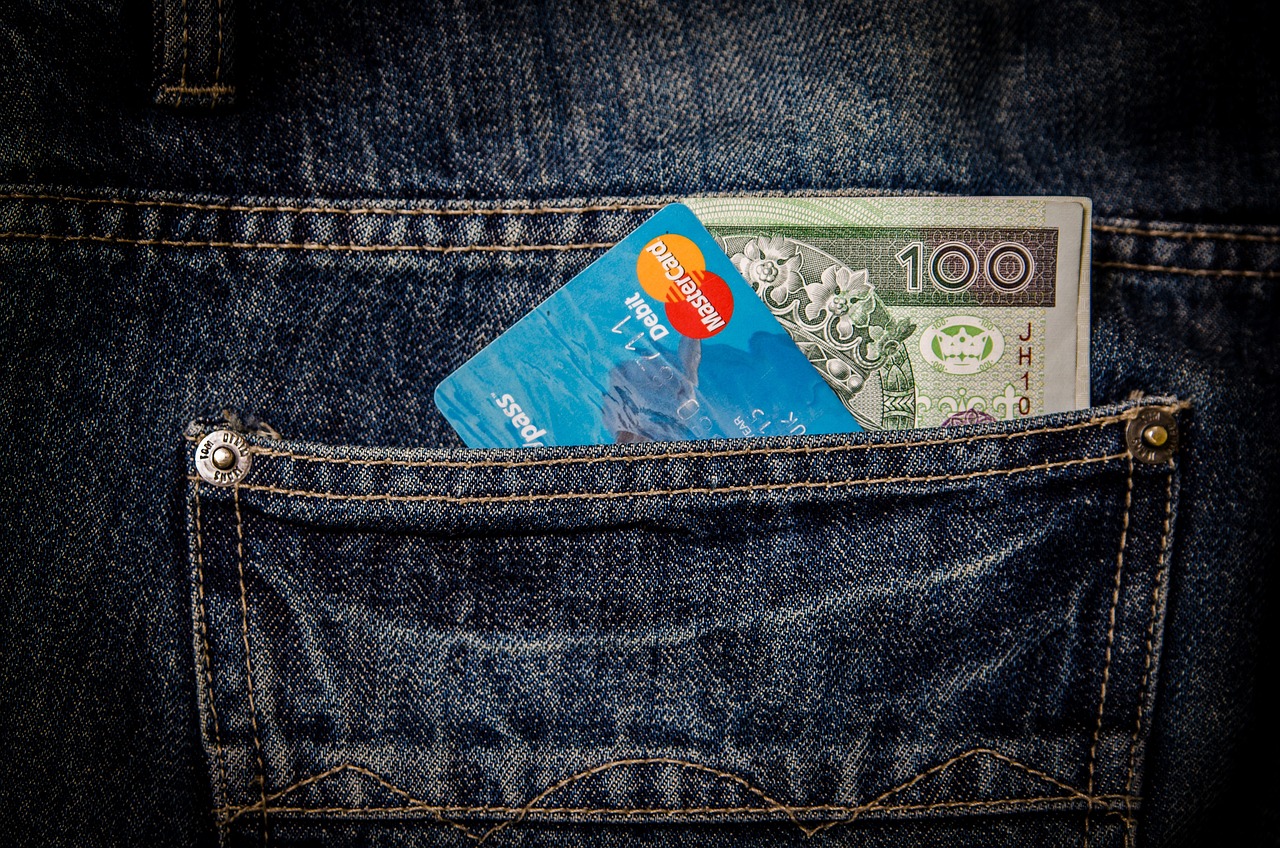The year 2025 has been progressing on a pretty slow note financially – the market is down, investments are at all-time low, cost of living is at all-time high. It is safe to say we are in the midst of a financial crisis waiting to unfold. If you have not been impacted by this yet, then you should consider yourself lucky.
The year 2024 saw the layoff season unfold in the tech industry, which kind of indicated where the economy was heading. This made me realize the value of saving and investing. While it is impossible to control the recession and the cost-of-living crisis, I started researching ways to navigate through this ordeal. The same recession hit back in 2008, and I can say for sure it is going to resurface in the later years as well. This is how an economy functions.
This cost-of-living crisis is not a new phenomenon. This has been happening for ages. However, now the times are different. We live in a more consumerist society and capitalism is at its peak. So that means our generation has been saving and investing a lot less than the prior generations, even if they were earning a fraction of what we earn now.
My research on how to cut down on expenses this year while also maintaining the lifestyle to an extent has led me to 5 different trends which got very popular at the start of the year. While there are many fading trends coming up now and then, these are different. These are meant to stay and will definitely help us save some money in these financially turbulent times.
Jump to Section:
Low-Buy or No-Buy Strategy

As the name suggests, you could approach your purchases this year with a bit of a strategy. No-Buy means you will not purchase anything apart from the essential items. Low-Buy is a bit forgiving, where you set a limit to what and how much of something you can buy this year.
This definitely needs to be planned and budgeted for at the start. I have an elaborate blog post on how you can get started with budgeting. This strategy definitely works because it helps you not spend anything on non-essentials.
However, No-Buy strategy is not very achievable, at least not for me. Impulse purchases do happen. I’ve tried the No-Buy plan earlier and failed. If you have the self-control, then nothing better than this. Low-Buy on the other hand is definitely more approachable, but this also adds up in the long run. Yes, you would have bought less stuff than earlier, but again you still have the window to impulse purchase.
In my experience, a combination of the 2 worked well for me. At the start of the year, I planned on a Low-Buy strategy. I listed down all categories into 3 buckets – red, yellow and green. Green had all categories which were Needs of mine (essentials like rent, bills etc.). Red was all the categories that I was definitely not planning to buy (shoes, books, decor etc.). Yellow category had the maybe items (like gifting, emergency).
Once I was clear on the Low-Buy categories, next I fixed certain days of the week and certain months of the year which would be No-Buy days. For example, Monday to Friday of the week is my “no spend days”. I do not spend my money anywhere else apart from essentials on these days. If I feel the need to buy something, I need to wait until the weekend. More often than not, these impulses usually die down by the time weekend arrives. So, this helps me with creating a buffer between my impulses and actually making the purchase.
Next, I decided on a few months which are going to be totally “no spend month”, where I will not buy anything apart from essentials. This one is tough but 1-2 such months in a year can create a very big impact. You could choose the months based on your own life situations.
Project Pan

I came across this term at the start of 2025. Project Pan is essentially a beauty challenge focused on using up existing makeup and skincare products before purchasing new ones. Thus, promoting mindful consumption and reducing waste.
I loved this idea and thought of incorporating it into my life as well. While I do not own much makeup, but this concept could easily be used for every other area of our lives. I have been using it for my skincare products, home products and any other consumables.
This challenge gave me the motivation to use what I currently have and wait to purchase any new products until I have completely used up what I have. This not only saved my money but also helped me appreciate the products I already own.
Another benefit to this method is that it helped free up some living space by using up all the things.
Underconsumption Core

This is a social media trend that emphasises mindful consumption. and using what you already own, rather than constantly purchasing new items. Honestly, when I heard about this term, I found it really funny. The concepts discussed within this trend were essentially not underconsumption but “normal”. But when I looked in depth, I realised that we as consumers have normalised over consumption. Hence the idea of consuming normal amount seems like underconsumption.
If you look at your day to day living, you probably have everything that you need to live well. But the idea that something else in the market will improve our lives gives us the motivation to go out and get it. I agree that in some cases you definitely need to go out and buy something, but more often than not it is just a desire and hope to make your life better. And advertising just feeds into this emotion.
Try going a week or month or even a year without buying anything that you don’t necessarily need. Yes, you wil have to make do with whatever you currently possess. But it will create such a huge dent in your wallet and space. Your homes will feel lighter and your savings will rise.
I have spent the first 6 months of 2025 being very cautious of what I get into my home. I will admit there were quite a few impulse purchases, but in comparison to other years I have been very conscious of my consumption. Along with this I have actively been decluttering and freeing up some space too. My house has never been lighter and I am already on my last leg of this years financial goals that I had set. So I can say under consuming does help.
Also it has helped me get a better understanding of what all things I actually need to have a good life. My routines are lighter and I have so much less to take care of.
Adopting Minimalism

I first came across the term Minimalism back in 2017 but did not quite grasp it back then. For starters, I did not have much things in my possession to downsize at that time. But soon as my life grew, so did my space and things. The amount of time I was spending just managing my belongings was overwhelming. I once again started reading and consuming content on minimalism. Joshua Becker from the blog http://becomingminimalist was my go to. Then I watched the Netflix documentary “The Minimimalist” and countless others. They reignited my aspiration to pursue a more minimal life with mindful consumption. But it wasn’t until the time I actually started practicing that created the real difference.
I slowly started downsizing my possessions once shelf at a time. Started by downsizing and simplifying almost every area of my life that I had full control over and it changed my perspective on how I was consuming. I was honestly shocked at the amount of things I had to give away or trash. This process came with a lot of guilt and anger too. The amount of money and time I had wasted. But I took that as a learning experience.
I am still not a minimalist and have way more things that I need. But I am more aware of what actually makes me happy and serves me and I am on my path to become a more mindful consumer.
Adopting minimalism is not a trend. It is a way of life. Some may be naturally minimalist, others may have to put is some effort. This way of life will not only save money and the planet, but frees up so much of ones mental capacity. When you are not bound by your things you have the capacity to expand, learn new things and take risks in life which are going to be more rewarding.
Slow Fashion

Another trend that picked up pace this year is the pursuit of Slow Fashion. When it comes to whats trending, the fashion industry is the quickest to pick it up. Hence you see so many fast fashion retail outlets. It is not wrong to be on top of the trends and dress accordingly, but we also need to be mindful of how these fast fashion choices impact the environment. Lets not even discuss the cheap labour and the malpractices employed in the production.
The retain industry is growing day by day, especially the fast fashion sector. We see a new retain chain every other day while the old establishments like Zara, H&M etc launch a fresh collection each week. The rise in this sector denotes the demands the consumers have created. Gone are the days when we just go out shopping during festivals once or twice a year. Shopping has become a weekend hobby now. We don’t even realise how negatively this is impacting our financial future, the environment and the social construct of the society.
To counter these negative impacts, I see the trend of slow fashion slowly picking up. The trend mainly focusses on buying less but quality and authentically sourced pieces. This also includes being mindful of the fast fashion industry and shopping local. Also making use of what we already have and investing time and energy to repair and use an item, rather than discard and buy new ones.
I love this trend, but this has a downside. While “slow fashion” is trending now, I’ve seen people get rid of all their clothes and buy “slow fashion approved” items to fill back their wardrobes. This essentially negates all the effort. I am guilty of shopping at fast fashion outlets and I’ve also shopped as a weekend hobby. But now I’ve become very mindful of what I shop and how long I use an item. I don’t think I can avoid shopping at fast fashion chains completely. But by shopping less and using whatever I own as much as possible, I will be able to contribute to lowering the carbon footprint.
Summary
If you’ve read the above, you would have realised that all the above trend have a common blueprint. Buy less, buy better, use everything you have and live mindfully. I think this is the very core of mindful living, where we do not attach ourselves with the things we possess but by the experiences we live and the impact we have on this planet and others. The above trends are not just about saving money but how we can be mindful human beings to serve the society in whatever capacity we are able to.

